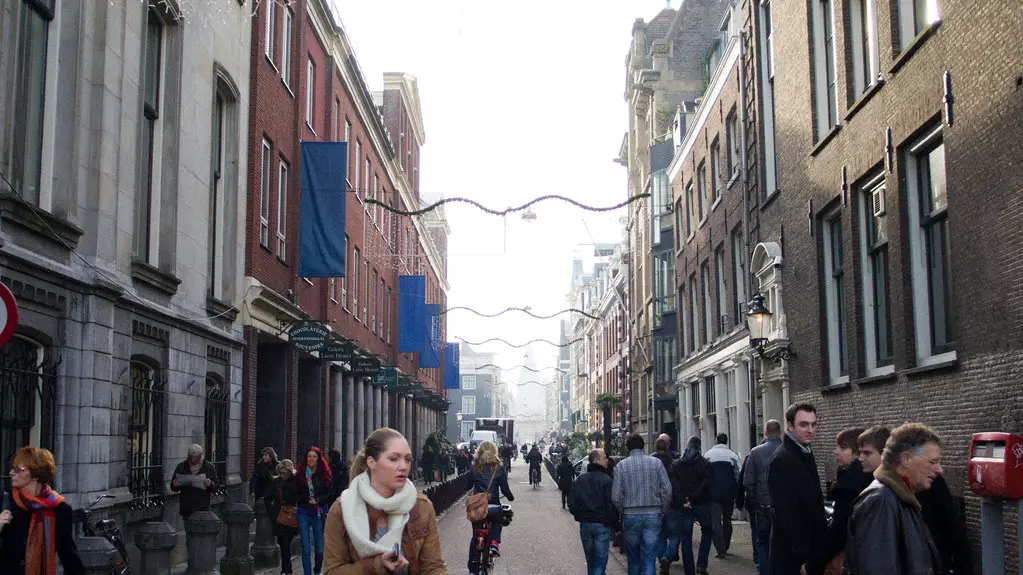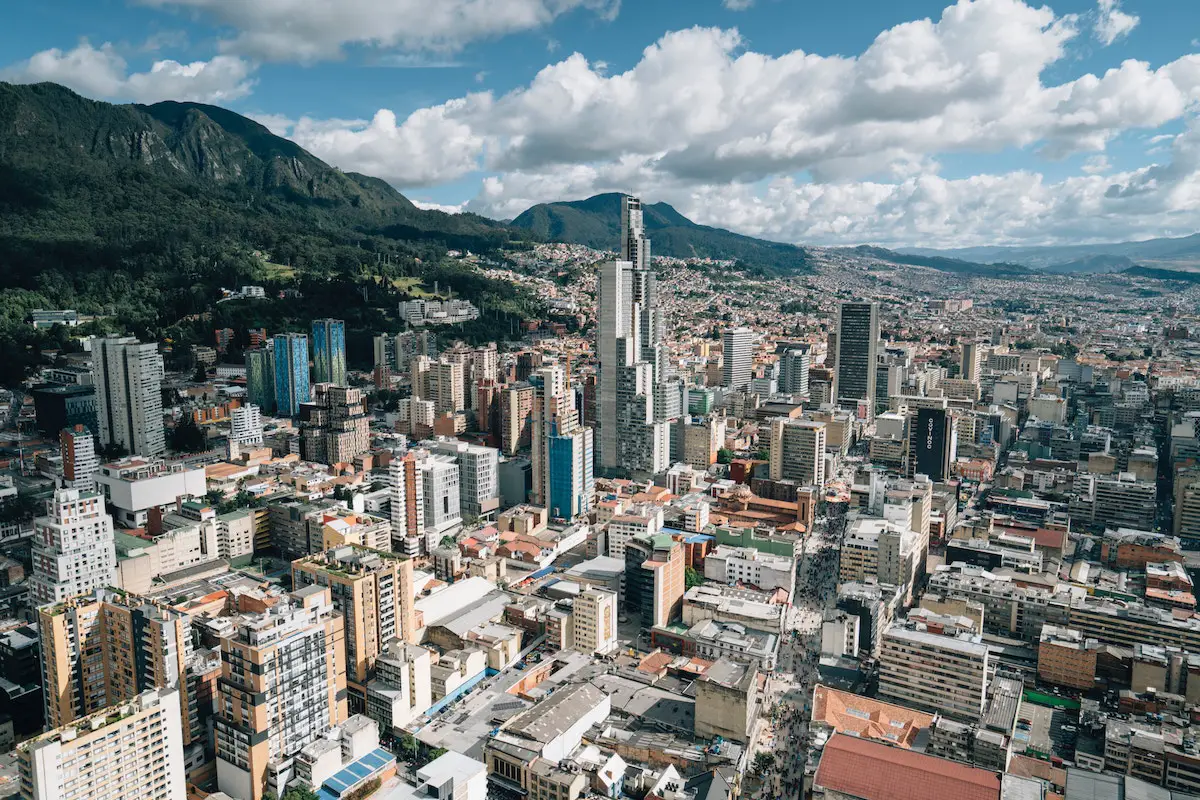At its core, graphic design might be said to be about conveying or emphasizing information with a visual language that complements (or manipulates) the text. Even the most utilitarian of communications, such as the white block letters found painted on brick walls throughout Kansas City, can be subverted by time until the visual significance overwhelms the textual. These are markers of the passage of the everyday into memory, a sedimentary buildup of advertising history. Who is primarily responsible for the images and text that represent an idea? How does the the identity of this creator shape the interpretation of that idea on a personal and national scale? These were topics raised in regards to publishing and book production in a recent talk by designer and author Ellen Lupton at Kansas City Design Week, but they are equally apt questions to ask about the city. The graphic image of a city is composed by diverse and diffused authors, varying widely in scale and intent—from city planning boards and international corporations, on down to local businesses and lone artists. Here I am using “graphic image” to indicate the collection of pictures, symbols, and landscapes which the name of the city conjures up, or its conglomerate “brand.” In the case of Kansas City, the modern city and its image were largely produced by an industrial boom in manufacturing, warehousing, rail traffic, and stockyards in the early part of the 20th century. The Kansas City economy and downtown slumped from the 1950s to 1990s, one of many Midwestern communities struggling as the U.S. moved away from rail traffic as a major mode of transportation. Many individual generators of graphic content are still focused on conjuring up the city in its first heyday, using a variety of strategies that cumulatively form a graphic texture in physical street space.

This collage shows a variety of painted advertising in the West Bottoms neighborhood, a neighborhood just north of downtown that was particularly dense with rail lines, factories, and warehouses. Much of it is barely legible anymore, but the legibility or the explicit information conveyed is no longer the point. Instead the information here is fragmented and contextual: What kind of activities this neighborhood used to engage in, the sounds (and smells) of a daily life no longer present.
Individuals and businesses in downtown Kansas City have capitalized on this extant graphic texture in various ways. This building, visible from Main Street, no longer stores goods—the banner advertising loft apartments for rent inside is clearly visible on the left. Even so, the early 20th-century advertising has been carefully repainted along the top. Preserving pieces of facade advertising maintains an image of the authentic city fabric while the actual occupancy of the buildings evolves.

Particularly in the downtown, new advertisements are often painted on the sides of buildings rather than installing billboards, continuing the practice of layers and layers of graphic texture directly on the building facade. One can easily imagine graphic artists fifty or sixty years in the future re-working and selectively preserving these advertisements as well to develop a public image of the past.
Historic advertisements become the layered background of the present, and the character of the past becomes the publicity of the present. Both Kansas City, Missouri, and Kansas City, Kansas have a large body of murals. Most celebrate various parts of the city’s heritage: as city of pioneers, as a stopping place for Lewis and Clark, as a city of ethnic enclaves and great cultural richness. Some of these shade subtly into marketing the city, such as these murals at the south end of the Power and Light District, which highlight Kansas City’s role as one of the incubators of jazz music. Is it coincidence that these bright murals were installed here, at one highly visible end of a newly-redeveloped area covering a few blocks of restaurants and clubs? Probably not. Kansas City entrepreneurs have learned to manipulate the texture they have inherited to suit their own needs. The images of the past resurface as they are useful to shape the present.

This tendency creates an interesting tension with top-down image creation. The municipal government and other economic organizations seem primarily concerned with reinventing the city as a place of intellectual commerce. The graphic content produced by these groups largely occupies the virtual city spaces of official websites. The nature of the medium and the goal generates a series of images that are sleek, simplified, and somewhat disconnected from the layered reality of the street. Is there a way for this official city branding to take on some of the collaborative and cumulative quality of the graphic texture of the cityscape?
 “The City of Fountains” is Kansas City’s official nickname, but it is also the city of the railroad and the river, of musical and business innovation. A city’s image is not only formed by what it is but all the things it has been. Perhaps the next step in city branding is to generate virtual spaces through the accumulation of images from various sources on all levels of city development—planners, artists, officials, individual city dwellers. These images could be presented on a platform that allows visitors to arrange each of these layers of meaning, generating new designs and new understandings. Part of the beauty of the physical city is that history aggregates visually, and the city’s virtual space increasingly has the ability to do the same.
“The City of Fountains” is Kansas City’s official nickname, but it is also the city of the railroad and the river, of musical and business innovation. A city’s image is not only formed by what it is but all the things it has been. Perhaps the next step in city branding is to generate virtual spaces through the accumulation of images from various sources on all levels of city development—planners, artists, officials, individual city dwellers. These images could be presented on a platform that allows visitors to arrange each of these layers of meaning, generating new designs and new understandings. Part of the beauty of the physical city is that history aggregates visually, and the city’s virtual space increasingly has the ability to do the same.
Sharon Gochenour is a writer, illustrator, and designer from southwest Iowa. She focuses on daylighting research and the intersection of historic preservation and sustainability.


